Public service projects are the nuts and bolts of a community – they play a crucial role in holding it together. These projects, whether fixing roads, providing social services or other community-oriented efforts, are the glue that allows communities to thrive. They bring back “third spaces” as places where people can gather outside of home and work. They allow for easy access through infrastructure improvements and support the growth and development of entities like schools. When there’s not enough attention or investment in these projects, such as neighborhoods without well-kept parks or reliable public transportation, we find a noticeable decline in the quality of life and a sense of disconnection among its residents.
In my role as director of planning at Dresdner Robin, a land-use consultancy, I have overseen many public sector projects. Many times, public improvements are based on a needs assessment. Along with affordable housing and open space, many communities are in dire need of new school facilities. With those needs in mind, public sector projects are crucial for community development globally.
Government-led initiatives address various social, economic and infrastructure needs. Unlike private sector investments, public sector projects prioritize the public good, equitable resource distribution and long-term sustainability required for society to be successful.
Here are the top five reasons why public sector improvements occur and the needs that they address.
1. Reimagining previously unusable space
Utilizing previously dead space to develop urban spaces with public-facing amenities automatically elevates the neighborhood in which it resides. This is an important improvement as it drives migration into the region, increases positive reception and can support community development. Jersey City is a great example of this: its population increased by 18.1% between 2010 and 2020. The city has been increasingly developed over the past decade, with more than 14,000 apartments added – 11% of the total apartment units built in the Metro New York Area during this time. One of the latest additions, Jersey City’s Steel Tech development, received site plan approval in early 2023 and is actively moving forward with construction. The public-private sector project will be a 190-foot, 420-unit tower, turning a brownfield site from an eyesore to a gathering space for the Jersey City community. It will offer a business incubator facility, two public plazas, a recreation center and a pedestrian mall connecting Communipaw Avenue to Berry Lane Park, one of Jersey City’s largest parks.
2. Improvements to existing infrastructure
From roads to bridges to buildings and more, infrastructure plays a vital role in the economy and supports the development of civilizations. Major infrastructure failures – like the 50-year-old bridge that collapsed in Pittsburgh in January of 2022, sending a city bus 150 meters into a ravine – are dangerous and preventable with regular maintenance. In New Jersey alone, there are 502 bridges and over 3,995 miles of highway in poor condition. To date, the Biden-Harris administration has delegated $3.2 billion to the restoration of roads, bridges, public transit, ports and airports, and this number is expected to grow over the next few years.
Infrastructure is a long-term commitment as roads, bridges, and piers are expected to have a lifespan of several decades. A major project currently underway in New Jersey is the crucial update of Pulaski Skyway, an 85-year-old structure close to New York City that supports 74,000 vehicles daily. It is a critical piece of infrastructure in New Jersey for commuter and logistics traffic due to its proximity to New York and its location near the Port of Bayonne, New Jersey Turnpike and Kearny’s industrial areas. In order to extend the usefulness of the structure, repairs and improvements, which Dresdner Robin is supporting, began in 2012 and are expected to continue through 2035. Once completed, the structure will continue to support the traffic and logistics needed to maintain New Jersey’s economy.
3. Reimagining existing educational entities and developing new ones
A study performed by Youth Truth Survey indicated that only 55% of students report feeling safe from harm on school property. Educational institutions are where tomorrow’s leaders learn the behaviors and skills needed to be successful – and it’s important that they do so in a safe place, one that is up-to-date and inviting. It’s more important than ever that we reimagine existing educational entities and pioneer new ones to support the future of the communities.
In 2022, the Maher Charitable Foundation and Dresdner Robin partnered to develop the Clinton Hill Early Learning Center in Newark, N.J.’s South Ward. The project took a site that had been vacant for two decades and built a new, state-of-the-art two-story early learning center that serves nearly 200 students. This neighborhood consistently experiences limited access and barriers to strong educational entities, and the U.S. Department of Education has targeted the neighborhood for improvement through the “Promise Neighborhood” initiative – one that develops access to high-quality schools and coordinated systems of support for families living in communities that have been historically under-resourced in the United States. This early learning center supports this development directly and will focus on providing the neighborhood with early care and education as it moves towards providing access to high-quality schools.
4. Creating more public gathering spaces
The COVID-19 pandemic has shined a light on the need for public gathering spaces, a pivotal endeavor that enriches the fabric of communities by fostering connectivity and engagement among residents. The National Recreation and Parks Association found that 83% of adults find exercising at local parks, trails and open spaces essential to maintaining their physical and mental health during the pandemic. Incorporating sustainable design elements and eco-friendly features within these spaces benefits the environment and reinforces the commitment to a healthier and more vibrant public realm. Equipped with diverse amenities such as sports courts, picnic areas, and adventure gardens, these gathering spaces cater to various interests and demographics, ensuring they serve as inclusive and dynamic epicenters. Parks like Meadowland Park in the Township of South Orange Village exemplify this change.
5. Elevating sustainability and preservation efforts
According to the National Centers for Environmental Information, statistical analysis and data through September 2023 show that there is a greater than 99% chance that 2023 will rank as the warmest year on record. While climate change is here and visible, there are some steps we can take to mitigate its effects locally – specifically by restoring the environments around us. It’s crucial that while we improve the community outwardly, we also incorporate sustainability and preservation efforts into these adjustments.
The significance of public sector projects in driving community development cannot be overstated. These initiatives play a pivotal role in addressing diverse needs, including the revitalization of underutilized spaces, the maintenance and enhancement of critical infrastructure, the creation of safe and innovative educational facilities, the establishment of vibrant public gathering spaces, and the elevation of sustainability and preservation efforts in the face of pressing environmental challenges. Public sector projects go beyond individual profit motives, prioritizing the greater good, equitable resource allocation and the long-term well-being of society. As we continue to invest in and support such projects, we are not only shaping the physical landscape of our communities but also nurturing the social and environmental fabric that underpins a prosperous and sustainable future for all.
As Director of Planning Services, much of Charles Heydt’s work at Dresdner Robin is focused on the key components of land use and environmental planning. He places a strong emphasis on development feasibility, redevelopment, environmental and fiscal impact analysis, and sustainability. Most recently, Charles has expanded these services to provide planning support for linear transportation improvement projects.

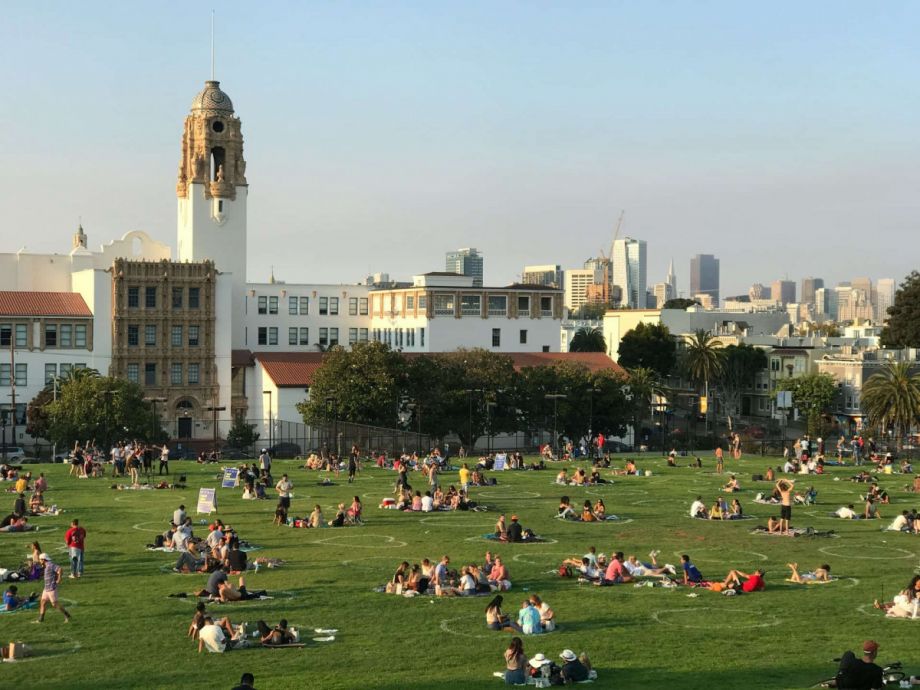

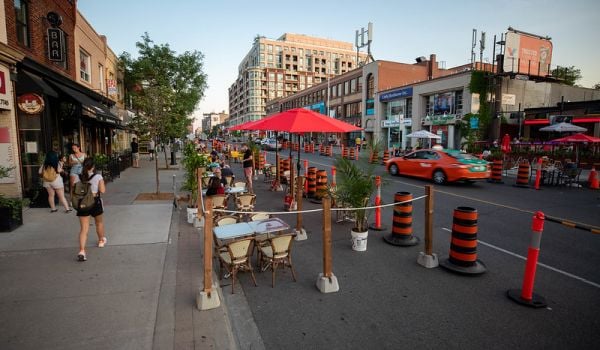


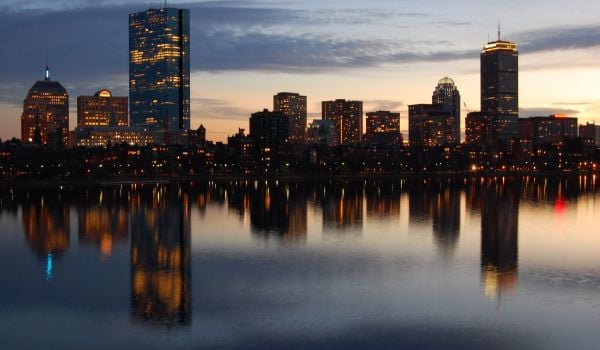
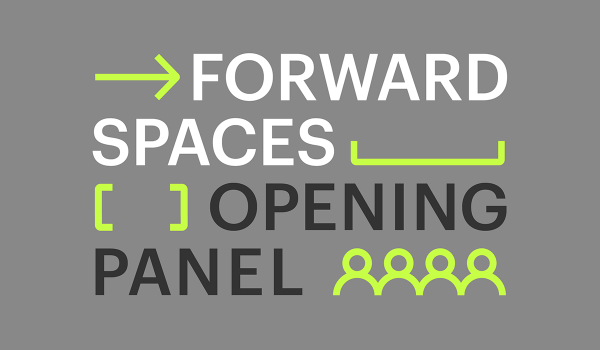
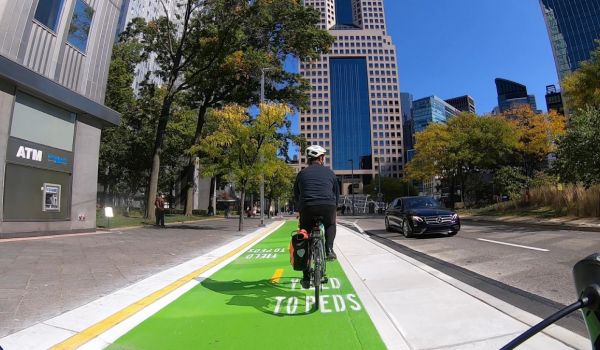








Add to the Discussion
Next City sustaining members can comment on our stories. Keep the discussion going! Join our community of engaged members by donating today.
Already a sustaining member? Login here.